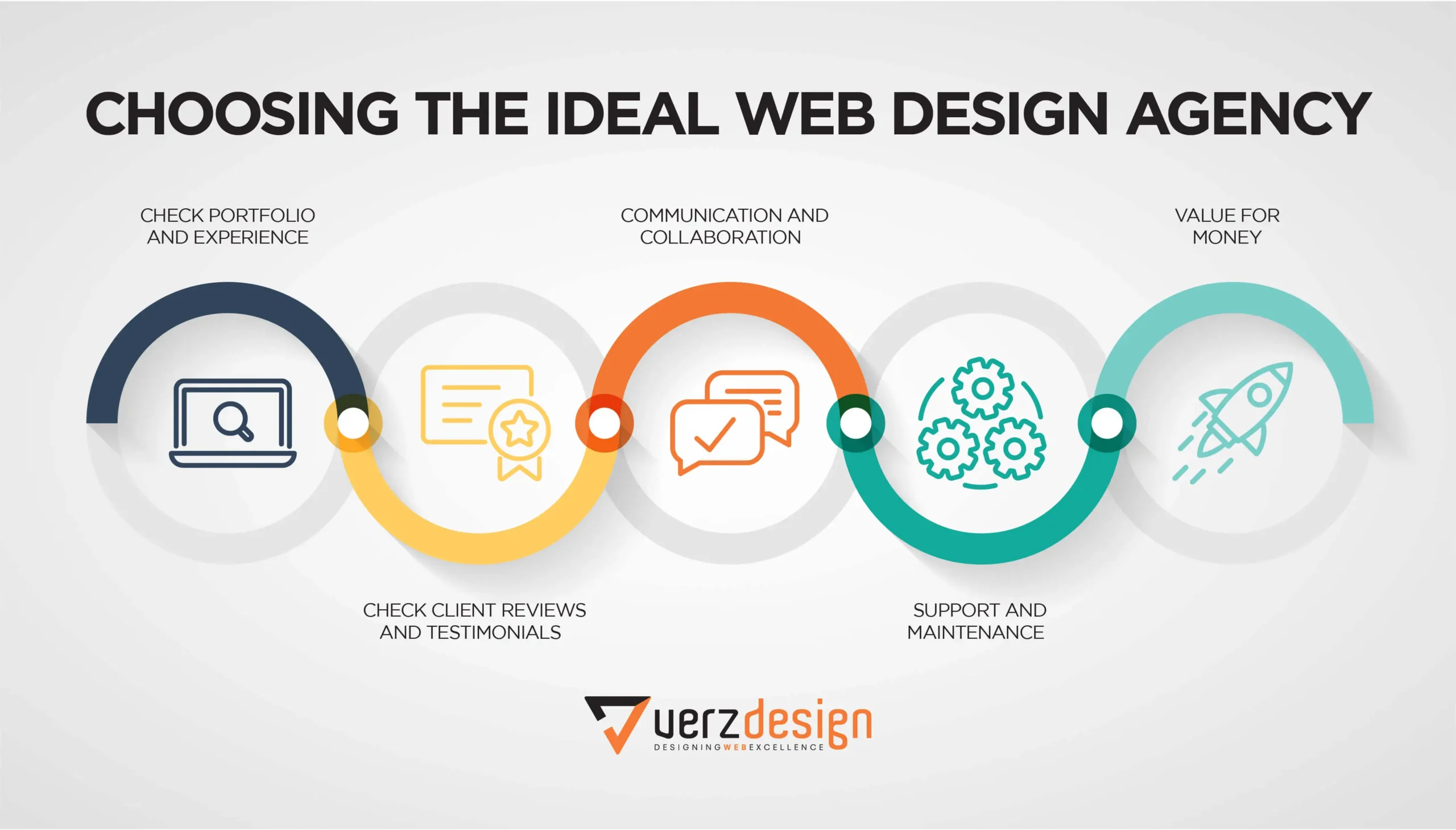The Importance of User Experience in Effective Web Design Strategies
The Importance of User Experience in Effective Web Design Strategies
Blog Article
Recognizing User Experience: Key Concepts for Effective Website Design
In the realm of web style, recognizing user experience (UX) is extremely important to developing systems that not only draw in yet also preserve individuals. Trick principles such as intuitive navigation and efficient responses devices play critical roles in fostering individual satisfaction. In addition, factors to consider for accessibility make certain that all users can involve with the web content effortlessly. The nuances of visual layout and the importance of iterative testing commonly continue to be forgotten. As we discover these foundational aspects, it comes to be evident that understanding UX is not just an alternative yet a requirement for success. What are the effects of neglecting these principles?
Significance of Customer Experience

In the world of web layout, one can not take too lightly the importance of customer experience (UX) as a critical aspect that straight influences the success of a web site. A positive UX not only enhances customer fulfillment however likewise fosters commitment, encouraging repeat check outs and interactions. When users encounter a interesting and user-friendly interface, they are more probable to discover the material, exchange clients, or share their experiences with others. This organic promo can significantly enhance a brand name's reach and exposure.
It incorporates the total performance of a web site, guaranteeing that navigating is smooth and info is quickly accessible. Websites that focus on UX are often regarded as more reliable and trustworthy, which can have a profound influence on conversion rates.
Ultimately, spending in customer experience is not just a design choice; it is a calculated choice that can differentiate a brand name in a jampacked industry. By focusing on UX, services can produce significant interactions that resonate with individuals, leading the way for sustained success in the digital landscape.
Use Principles
Effective web design rests on the application of crucial usability concepts that guarantee a web site is both useful and user-friendly. Central to these concepts is the idea of intuitiveness, where individuals can navigate the website effortlessly without extensive instruction. Clear navigating frameworks, including well-labeled menus and constant designs, enhance this instinctive experience, allowing individuals to situate info promptly.

Uniformity is similarly important; keeping harmony in layout aspects, terms, and treatments throughout the site helps to reduce confusion. Users need to not need to relearn how to connect with various sections of the website.
Furthermore, mistake prevention and recuperation are important for functionality. Sites ought to be made to lessen the opportunity of customer errors, and when mistakes happen, clear and useful mistake messages need to guide individuals in the direction of resolution.
Availability Considerations
Guaranteeing ease of access in web design is paramount for producing inclusive digital experiences that satisfy all individuals, consisting of those with disabilities. Ease of access factors to consider entail designing internet sites that fit varied demands, making it possible for customers with aesthetic, auditory, cognitive, or motor impairments to browse and connect effectively.
To achieve this, internet developers should abide by developed standards, such as the Internet Material Ease Of Access Standards (WCAG) These standards supply a framework for making content perceivable, operable, easy to understand, and robust. Trick techniques consist of guaranteeing enough shade contrast, supplying message options for non-text material, and ensuring keyboard navigability.
In addition, semantic HTML must be used to boost screen visitor compatibility, enabling users with visual disabilities to understand the structure and meaning of web content intuitively. web design. Giving clear, concise directions and making use of simple language can additionally boost usability for individuals with cognitive disabilities
Normal availability screening, entailing actual customers with disabilities, is necessary to determine obstacles and enhance the individual experience. By focusing on availability, internet developers not just follow legal requirements but additionally foster an even more equitable digital landscape, eventually profiting everybody with boosted functionality and engagement.
Aesthetic Style Elements
A myriad of visual layout elements plays an essential duty in forming customer perceptions and experiences on a website. These aspects include color pattern, typography, images, layout, and whitespace, each adding to the general visual allure and performance of a site.

Color pattern evoke feelings and can affect customer actions; for instance, cozy colors might develop a sense of necessity, while trendy shades typically promote peace. Typography, on the various other hand, affects readability and can develop a brand's personality - web helpful resources design. The option of font design and size have to line up with the site's goals and target market
Imagery, including icons and images, boosts storytelling and can substantially influence customer involvement. High-quality visuals produce a sense of expertise, while poor-quality images might detract from the customer experience.
Layout and whitespace are equally important, as they assist individuals through the web content. A well-structured format helps users locate info promptly, while appropriate whitespace stops mess, assisting in an extra satisfying browsing experience.

Examining and Model
Individual screening and iteration are essential elements of an effective website design process. These methods allow developers to collect beneficial feedback from actual customers, making certain that the end product fulfills their requirements and assumptions. Customer screening includes observing just how genuine users communicate with a website, determining use issues, and recognizing individual habits. This straight feedback site here is crucial in exposing discomfort factors that might not be noticeable throughout the style phase.
Model, on the various other hand, is the process of fine-tuning the layout based on the understandings obtained from user screening. By making incremental changes and re-evaluating the layout, teams can improve performance, enhance visual appeals, and maximize user interaction. This cyclical method fosters a culture of constant renovation, enabling developers to adapt to user needs and arising patterns successfully.
Furthermore, integrating both customer screening and iteration into the design procedure leads to even more educated decision-making and inevitably leads to an extra user-centered product. By embracing these principles, web designers can produce a lot more user-friendly, engaging, and efficient experiences that resonate with their target audience, eventually driving greater individual complete satisfaction and retention.
Conclusion
In conclusion, individual experience is a crucial part of efficient internet layout, incorporating functionality, ease of access, and visual considerations. Constant screening and model serve as essential processes for identifying and attending to user pain points, making sure that internet designs remain versatile reference to progressing requirements.
In the world of internet design, recognizing user experience (UX) is vital to creating systems that not just draw in however likewise maintain individuals.In the realm of web design, one can not ignore the value of individual experience (UX) as an essential component that directly influences the success of a site. User screening includes observing just how genuine customers engage with a site, determining use concerns, and recognizing individual actions.In conclusion, individual experience is an essential part of efficient web design, including use, ease of access, and aesthetic considerations. Continuous screening and model offer as important procedures for dealing with and identifying individual discomfort factors, guaranteeing that web layouts continue to be adaptable to evolving demands.
Report this page